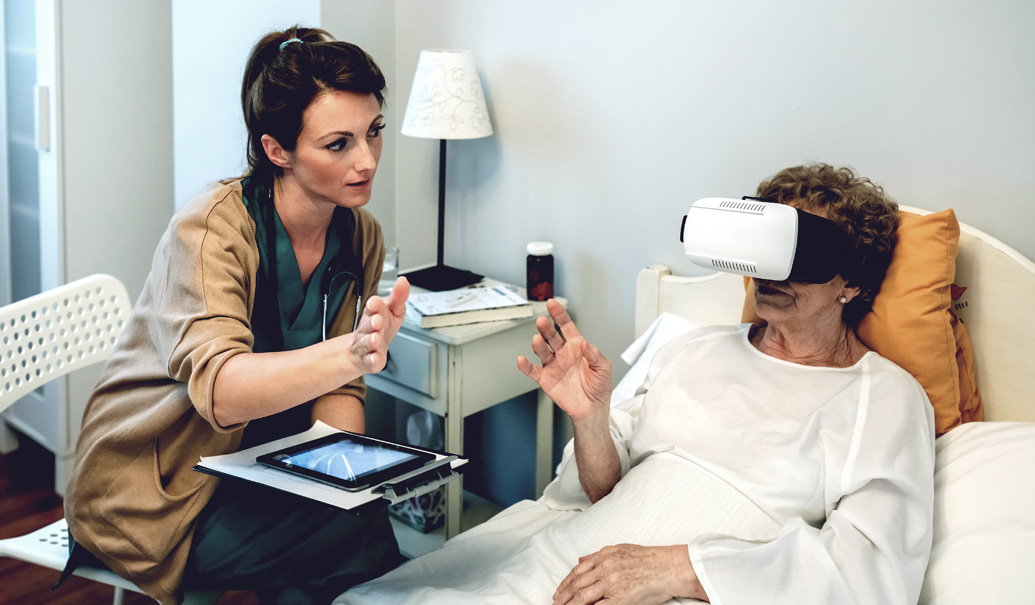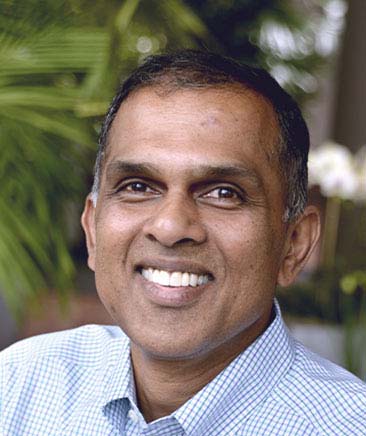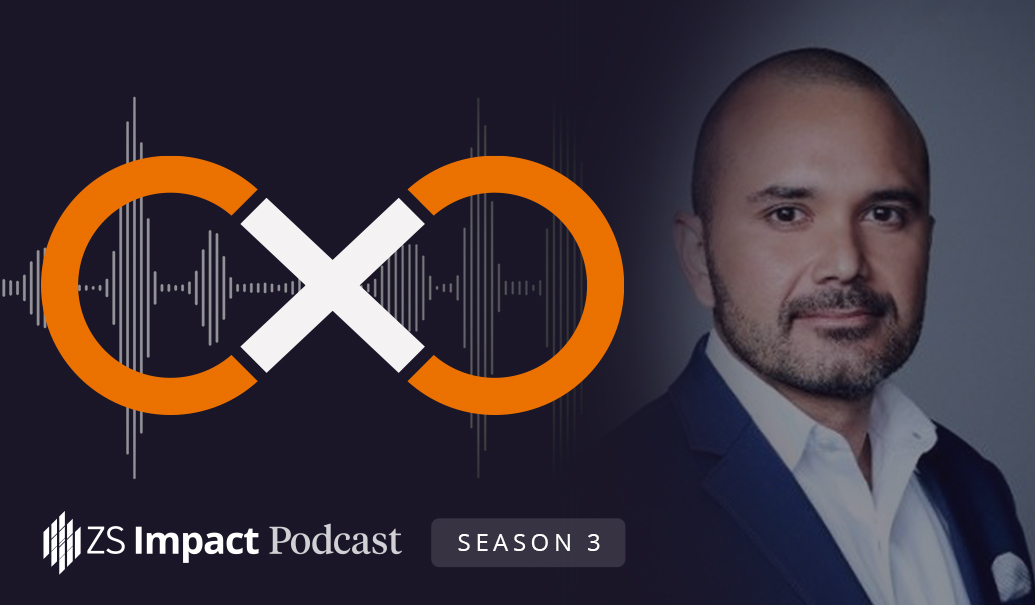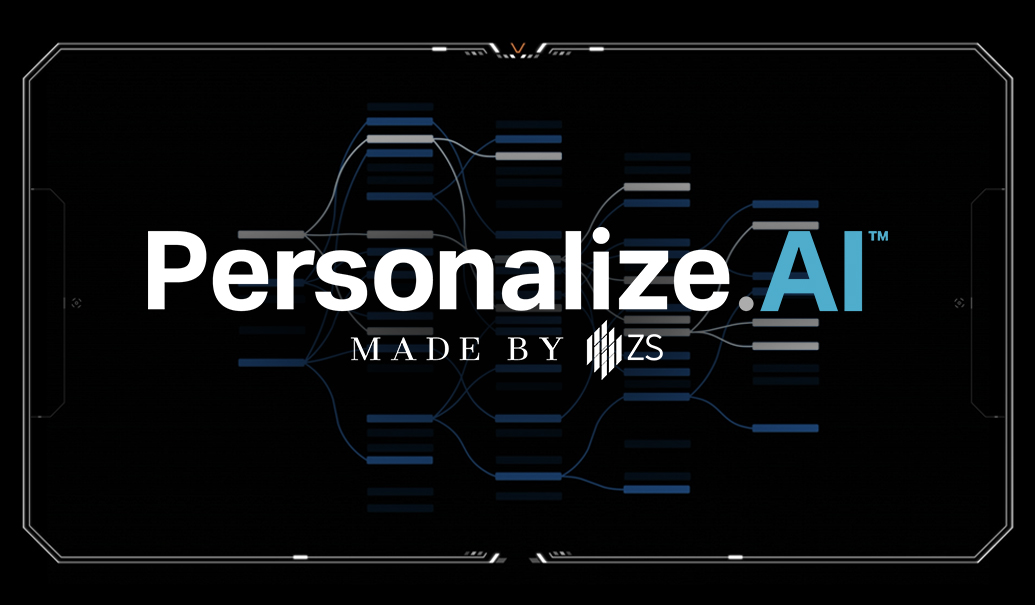This article was first published on Jan. 7, 2023, on the Forbes magazine website.
In July 2022, Amazon acquired One Medical in an all-cash transaction valued at approximately $3.9 billion. According to an Amazon press release, “One Medical is a human-centered, technology-powered national primary care organization on a mission to make quality care more affordable, accessible and enjoyable through a seamless combination of in-person, digital and virtual care services that are convenient to where people work, shop and live.” The premise is to reinvent the healthcare experience. Even prior to this acquisition, One Medical strived to leverage technology and artificial intelligence (AI) to drive a strong patient and provider experience and to optimally manage population health.
Before One Medical made the news, Patina launched with $57 million in funding from Andreesen Horowitz and Google Ventures in late October 2021. Patina is led by Jack Stoddard, a healthcare executive with an impressive set of experiences—Accolade, Eden Health, Haven and Optum. Patina’s mission is to profoundly improve the healthcare and aging experience for older adults and the loved ones who care about them. I talked to Jack to better understand his thesis and motivations with Patina. Here are some key takeaways.
Arun: Why the focus on adults 65 and older?
Jack: Everyone deserves a better care experience that’s led by a team who sees them; who understands their values, goals and preferences; and who creates a personalized plan that enables each person to live their fullest lives. The current system is built with hospitals and clinics at the center and aligned to the needs of the average adult, resulting in one-size-fits-all care, delivered in the production model of short, episodic and transactional office visits. This model doesn’t work for older adults who have unique clinical and psychosocial needs that affect their ability to live independently and enjoy the highest quality of life. A model that achieves this goal doesn’t exist in healthcare today, so we are building it.
Arun: Why primary care?
Jack: Primary care is the backbone for overall health. When done right, primary care reduces healthcare spending and improves health outcomes. Primary care practitioners have the opportunity to understand patients holistically—their story, values, preferences and goals—and help them make informed decisions. There are many opportunities today for innovation and growth in this market. Primary care lends itself to new approaches, leveraging technologies such as digital and virtual channels.
Arun: This is a crowded space with many startups and many other established players. What are some critical success elements for you?
Jack: We have the opportunity to build the care model of the future from the ground up. We aren’t stuck within legacy technology and workflows. By building something brand new, we can align people, process and technology to focus on generating value for older adults and their loved ones. We’ve matched our business model to our care model, allowing us to provide coordinated whole-person care in a proactive way. This is in contrast to many established players who are serving multiple populations, have legacy technology and workflows and have business models with misaligned incentives. It’s like trying to turn a combustion engine car into an electric one. It doesn’t work. We’re starting from scratch to reinvent primary care.
Arun: Something that is unique about Patina is that you do not have clinics. You instead send a nurse or nurse practitioner to the patient’s home. Why is that?
Jack: Clinics were built to optimize the productivity of clinicians in a fee-for-service healthcare world. As we defined our first principles to reinvent primary care for older adults, we found in our research that older adults want to be independent at home, especially when they aren’t feeling well. So we decided to bypass the “drive-park-wait” clinic model and use technology and people to bring care to them, on their terms. We learn a great deal about people when we visit them in their homes. Does the patient have enough social support? How do they manage their medicines? Their meals? Are they lonely? Often these factors determine outcomes even more than clinical interventions. When a patient comes to a clinic, we lose the opportunity to gain a comprehensive understanding of their health. Our entire model is built on the idea of our care team coming to patients where they are and seeing people not as one data point but as dynamic individuals.
Add insights to your inbox
We’ll send you content you’ll want to read – and put to use.















